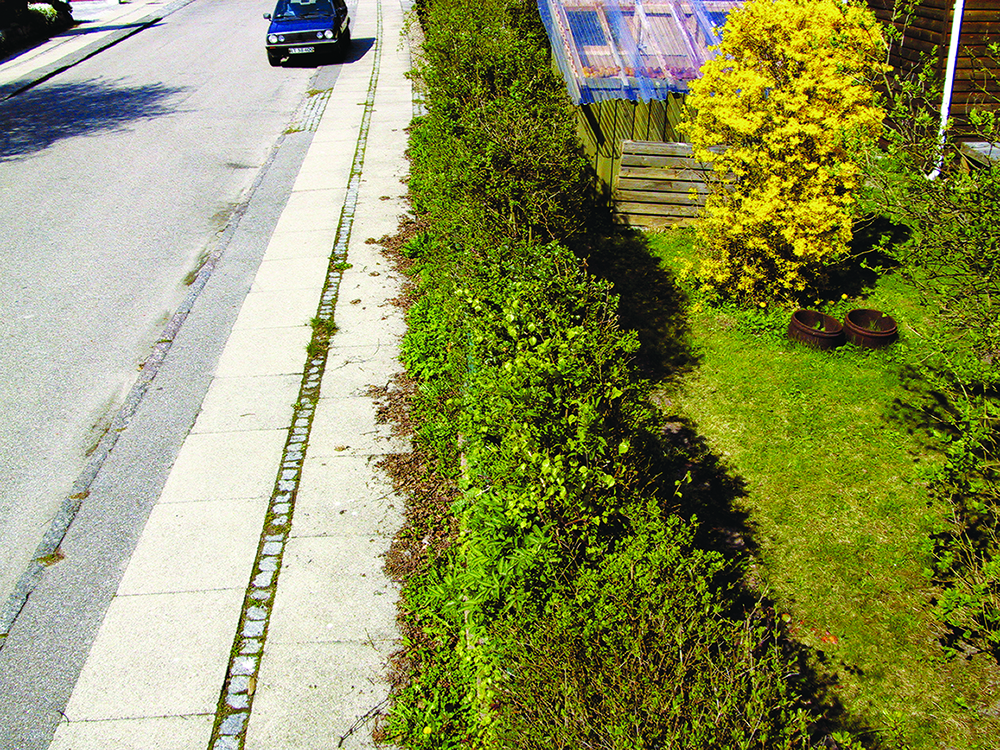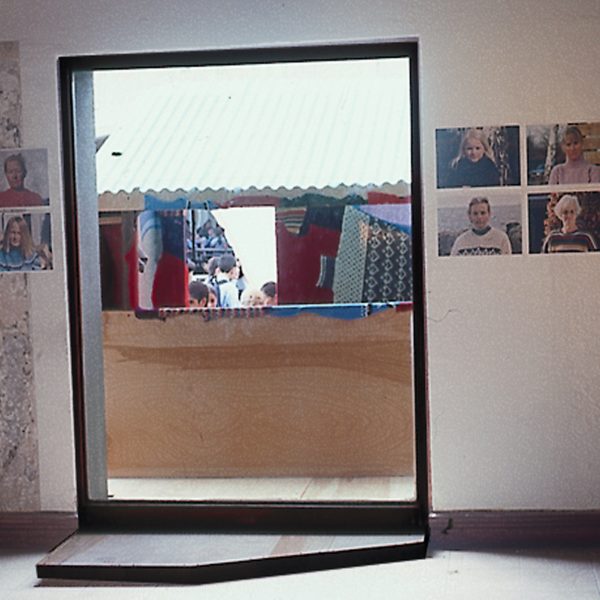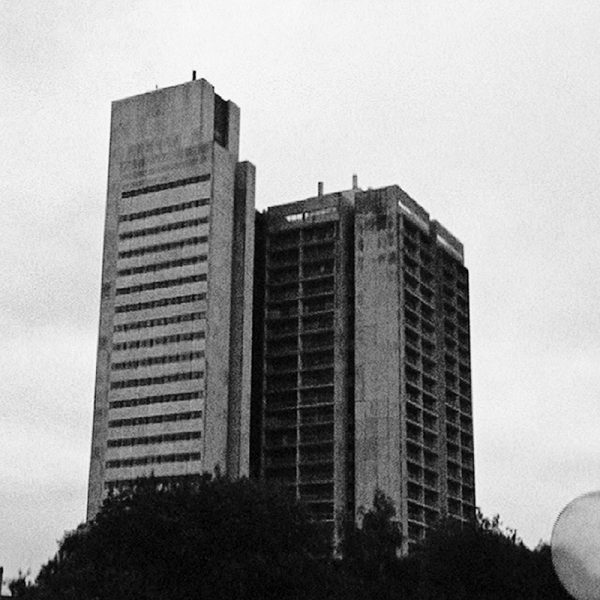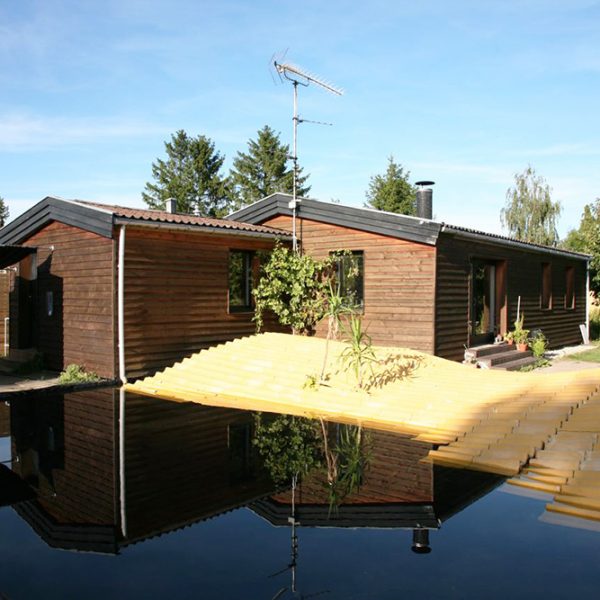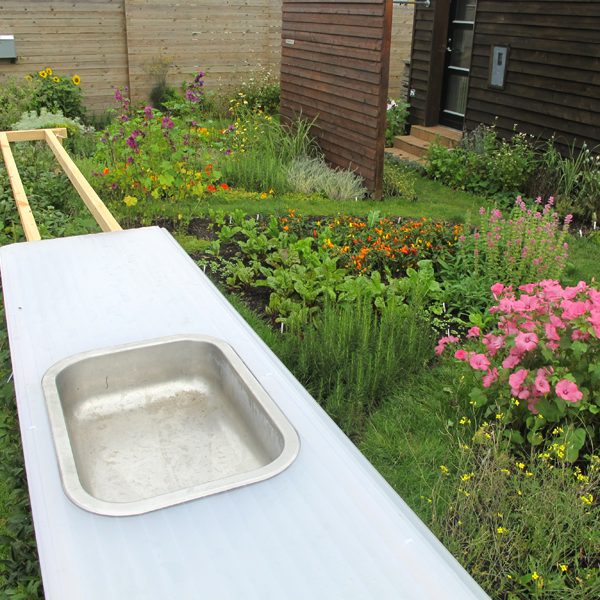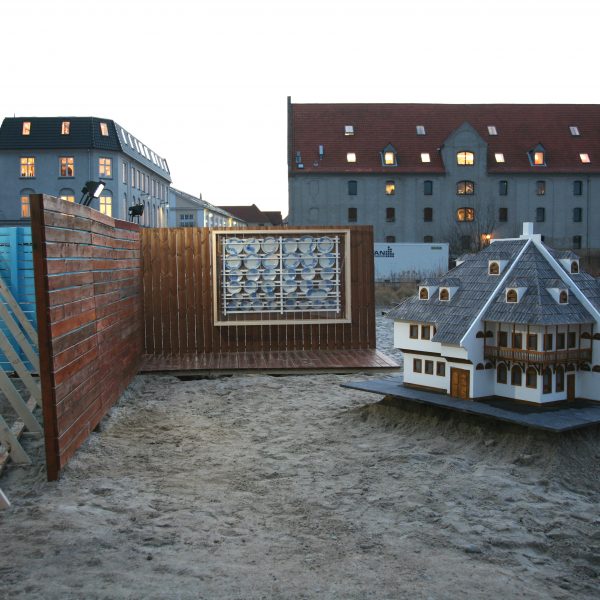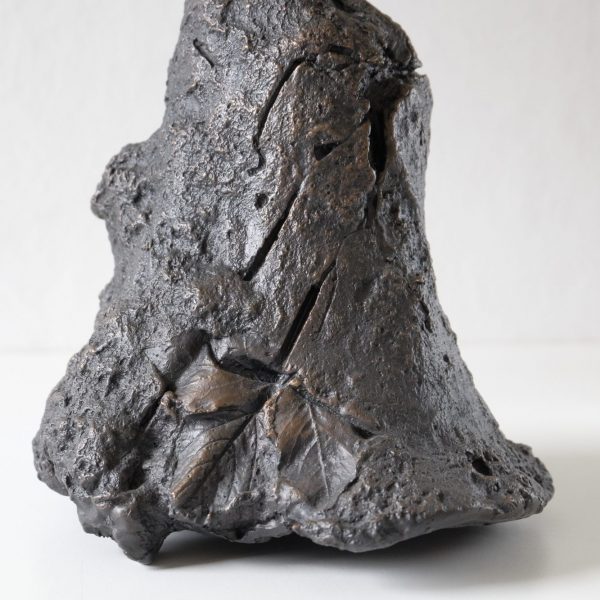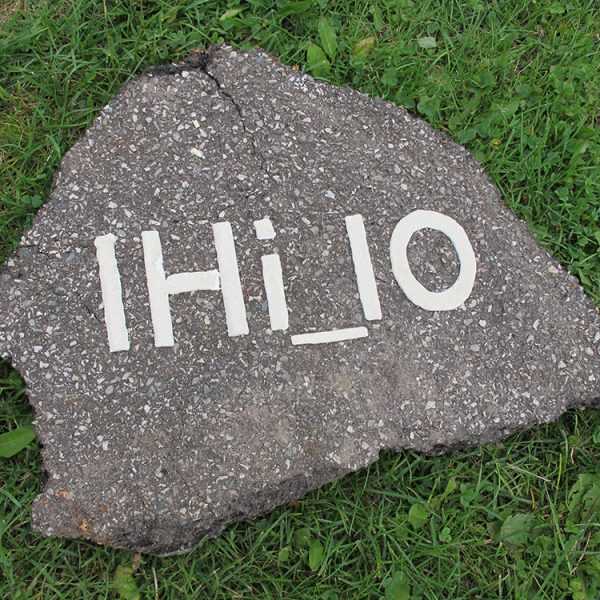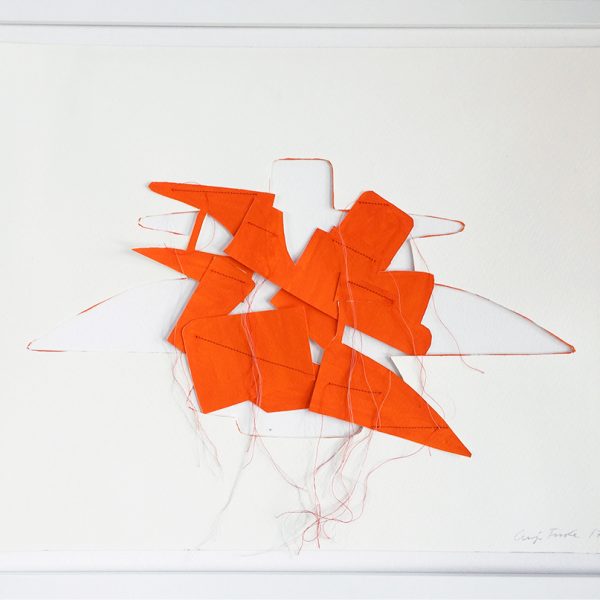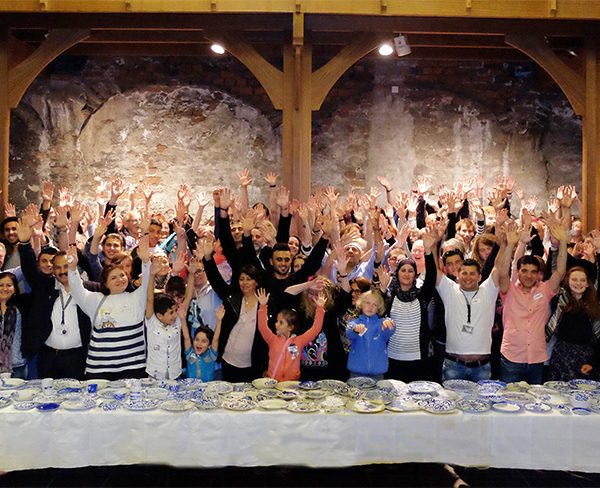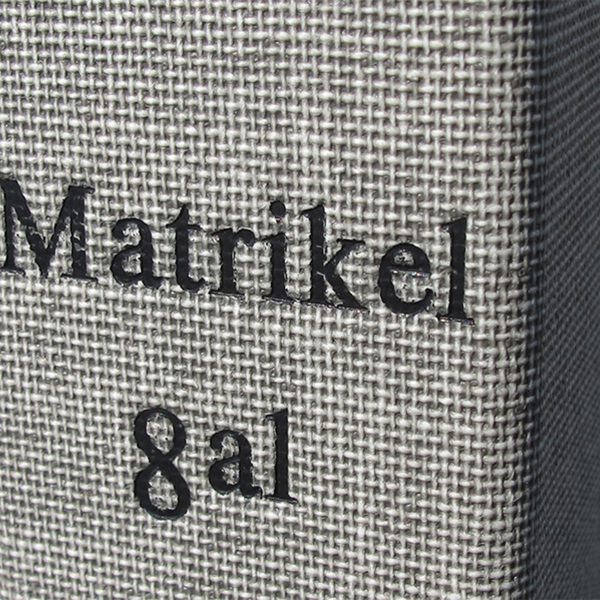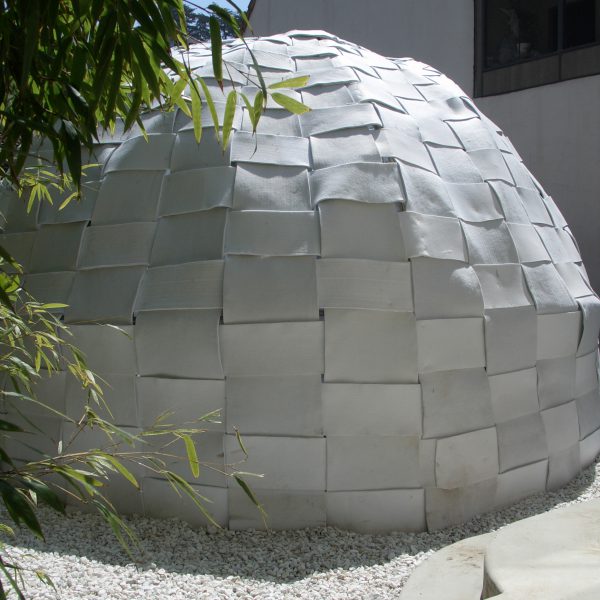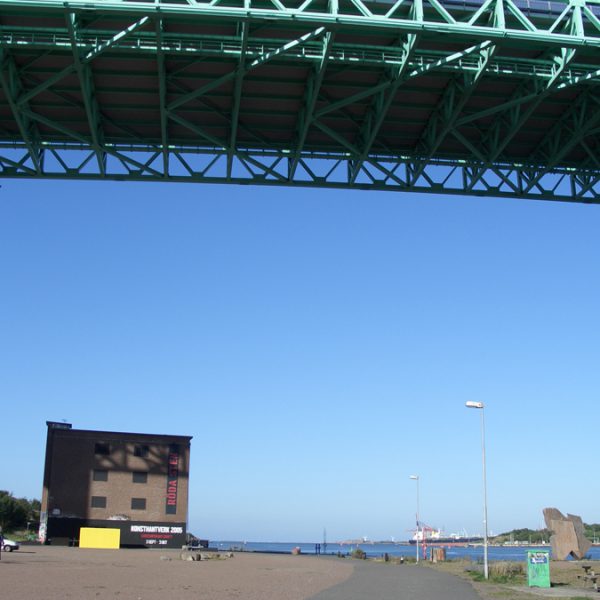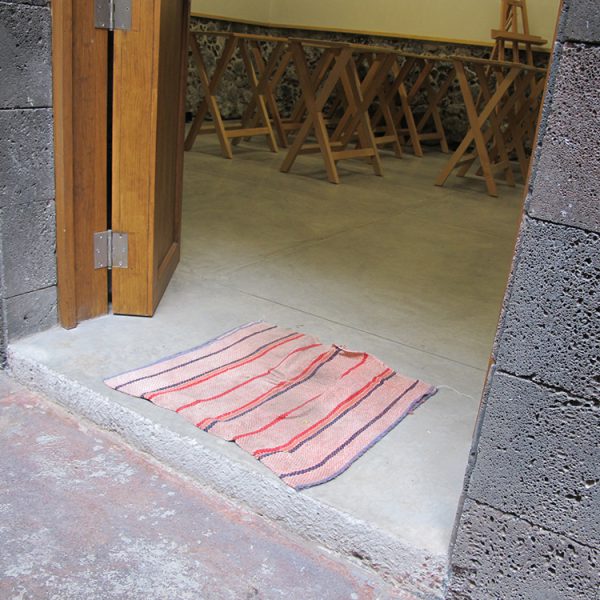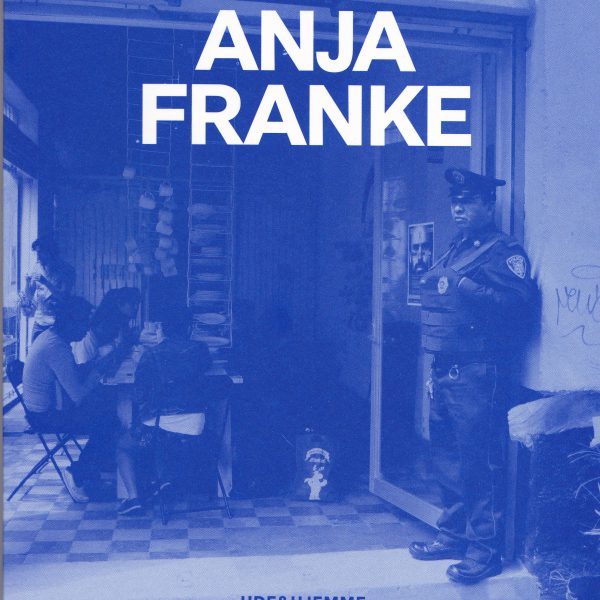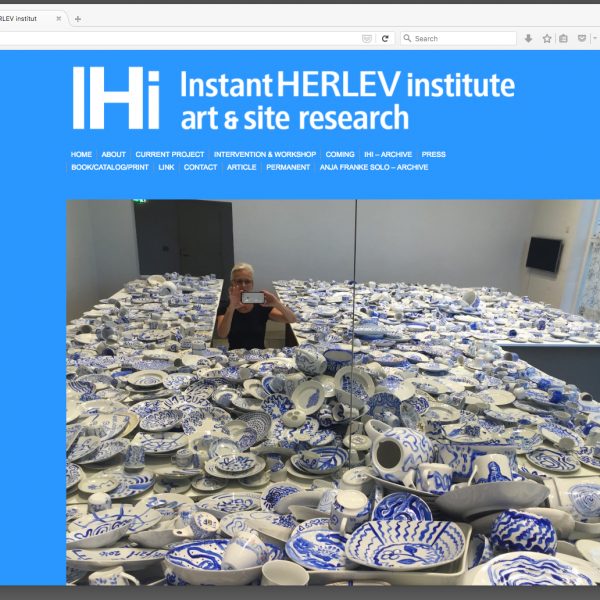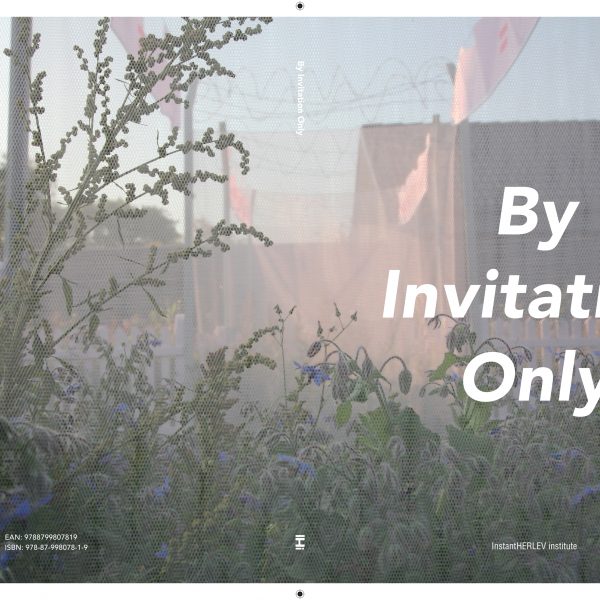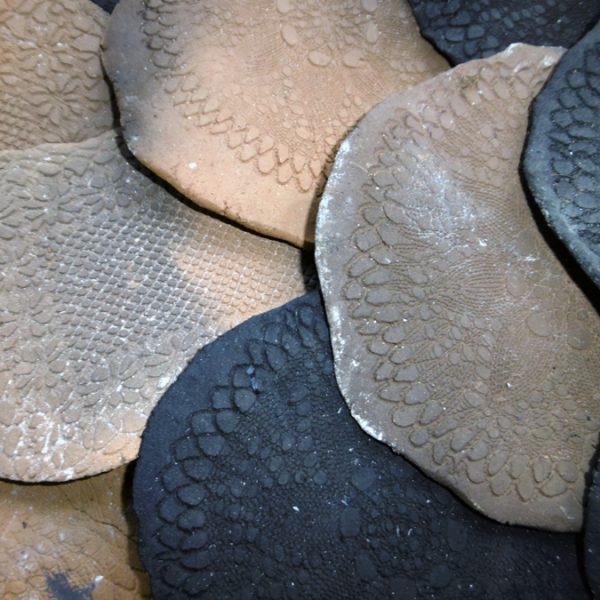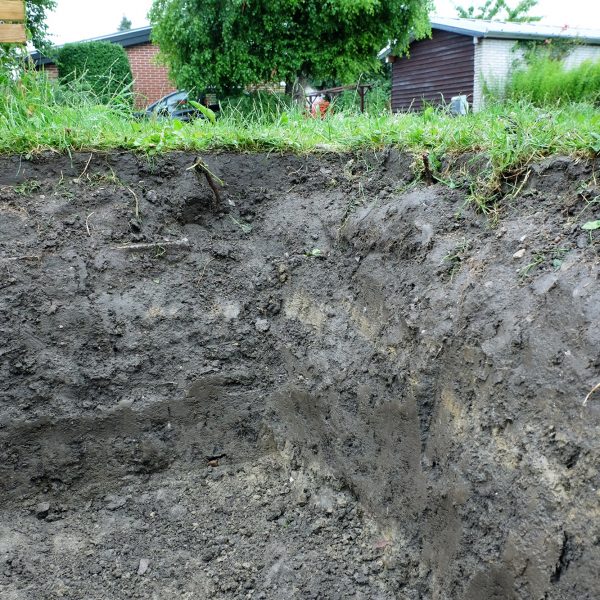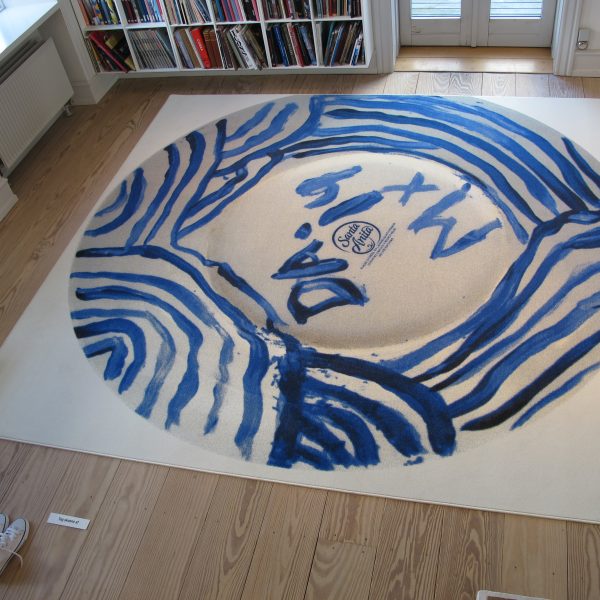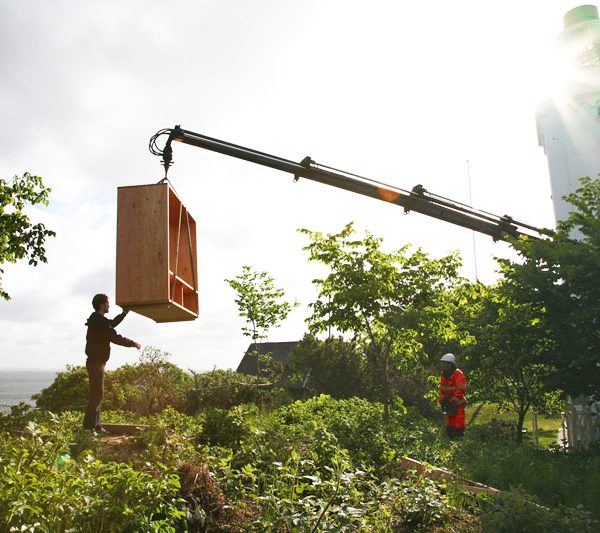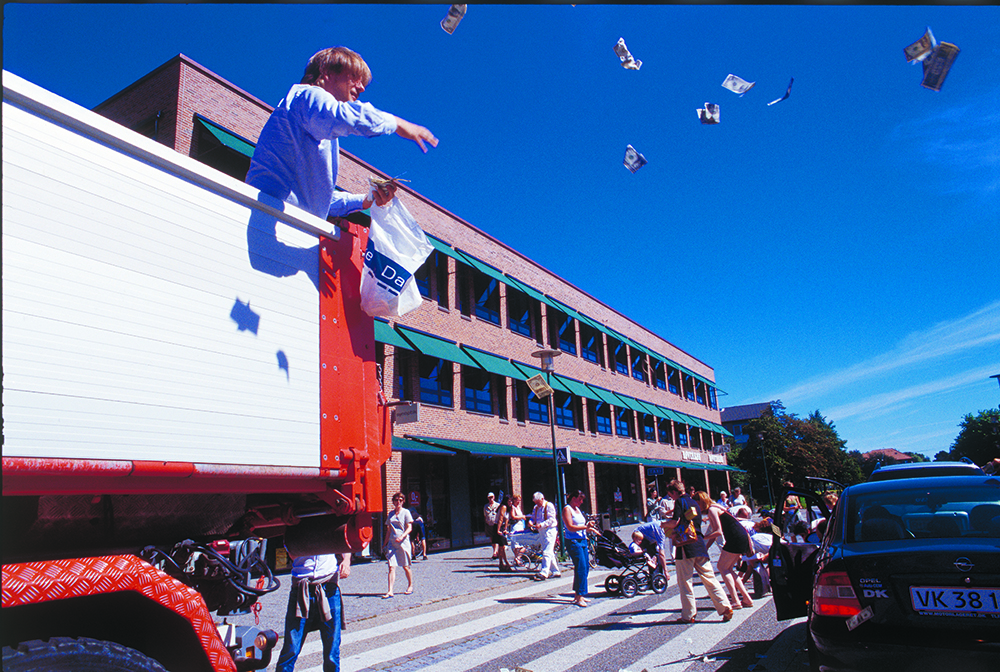
instantHerlev: projects for a Copenhagen suburb, 2004
instantHERLEV – Suburb, Site, and Environment was InstantHerlev’s first summer exhibition which gathered architectural /artistic artworks directly installed, developed and produced by InstantHerlev institute for its grounds and surroundings in the city of Herlev, Denmark. This particular site-specific exhibition also helped established future forms of exhibition-making for InstantHerlev institute that are part of its ongoing artistic and site research in Herlev, Denmark.
Participating artists: 3RW Architects, Yvette Brackman, Marianne Bramsen, Anja Franke, Henrik Plenge Jakobsen & Jonas Maria Schul, Gitte Juul & Kristoffer Haugsted, Jakob Jakobsen, Åsa Sonjasdotter & 6. C, Rådmandsgade Skole. Curated by Anja Franke.
The following introduction about this summer exhibition was taken from the inaugural catalog of 2004 and it gives important insights, regarding the founding and/or the artistic research behind InstantHerlev institute:
Investigations of Public and Private Space – by Malene Vest Hansen (1)
WHEN CONSIDERING THE TOPIC OF PUBLIC ART many automatically think of an art object positioned in a public space. But what is public space? This question is problematized in contemporary, debate-specific art projects, which function as a new form of public art. A special democratic kind—as defined by Art Historian Rosalyn Deutsche—since it does not establish lasting monuments to existing reality, but conversely seeks to question the current social order. (2)
instantHERLEV* examines and challenges familiar interpretations of spatial organization. The unwonted placement and arrangement of contemporary artworks centered in and around the plot of Anja Franke’s private home raises a series of questions concerning private and public space, and the placement and role of art projects in these spaces.
The individual projects consider and thematize Herlev in terms of time and place, contributing new pictures to the local setting and everyday life as it is lived in this suburban municipality. Each work indicates the typical de-materialising strategies that have challenged the concept of the autonomous work since the 1960s as well as its consumer-status—art as an investment object. This use of nontraditional materials for projects that are (frequently) temporary—is a familiar strategy in conceptual art, performance art, installation art and site-specific art. instantHERLEV denotes social relations and contexts rather than art as a private-aesthetic concept. In short it does not invite aesthetic contemplation but rather calls for reflection and discussion. The starting point is the local site, but from here, debates may unfold over a much broader range.
For instance, what happens to Herlev when dollar-bills are thrown from the tip of a lorry, as they were in the opening performance by Henrik Plenge Jakobsen? The bills were eagerly gathered up by the spectators along the parade in the town center around Herlev Torv. The Dollardrop used a rather simple approach to briefly establish an entirely new take on Herlev: Are the citizens of Herlev in need of money? Why this great focus on the value of banknotes? Have the artists rendered these banknotes even more valuable because they are now works of art? Does money determine the organization of the public and private spaces of Herlev? Are we controlled by American capital?
instantHERLEV also featured less spectacular interventions in urban space. Marianne Bramsen recorded a CD featuring lullabies in a series of different languages. For the duration of the exhibition it was given to all the babies born at Herlev Hospital, the town’s most distinctive public building. This little gift of songs from the intimate sphere of the home touches on much bigger issues. How do we organize our lives in private and public spaces when births in modern Denmark typically take place not in the home but in a public hospital? Simultaneously, the lullabies can open up the intimate spaces of the many different languages spoken by the new citizens of Herlev and in the rest of Denmark. For the duration of instantHERLEV the lullabies could be heard while lying in a hammock in Anja Franke’s garden—thereby introducing a little variation into the vocal tapestry of this otherwise homogeneous suburban neighbourhood. instantHERLEV temporarily introduces a new distinction to this suburban district, supplying a new angle on the familiar surroundings. This type of residential district is such a widespread phenomenon in Danish suburbs, that it can be difficult to see it. When visitors arrive to view an art exhibition, it suddenly becomes possible to see the neighbourhood in a new light.
instantHERLEV demonstrates—far more clearly than the artists and the curator involved could have imagined—that it does not take much for the neighbourhood to reveal the otherwise implicit rules and regulations which normatively control private life here. Who lives here is not only determined by residents’ financial status. There is a consensus on how people should be, certain rules on how to live.
instantHERLEV happened to break the neighbourhood consensus on norms and thus encountered opposition. It illustrated how the harmony of a given urban space rests on the exclusion of certain conflicts, of otherness. A privet hedge was opened up to establish an entryway into the exhibition area in and around Anja Franke’s home. The objective was to establish a new limit to publicly accessible space. Two phenomena encountered particularly vehement opposition from the neighbours.
The Pavilion in the exhibition area by 3RW architects included a high wall made from orange plastic safety netting. It was taller than the surrounding houses and therefore constituted a highly visible landmark for the exhibition. The other project that set tempers flaring was—ironically—Herlev Open City, Jakob Jakobsen’s wooden viewing platform, which provided a new perspective on the vicinity from its rooftop location. But not for long. The authorities considered the construction dangerous and it was subsequently shut down by the technical department of the municipality.
instantHERLEV was as serie of specific interventions in time and place. They were simple actions that touched on the definitions of public and private and how we regard these two spheres as separate entities. There are no tangible borders between public and private space; they are historico-cultural constructions. The definitions are intimately related to our notions of human condition and the kind of political society we desire. In other words, instantHERLEV denotes the organization of urban space as an ideology and art as spatial politics. Is Herlev an open city?
1.This introduction was written by Malene Vest Hansen. Taken from the 2004 inaugural catalog ‘instantHerlev: projects for a Copenhagen suburb’ that was published by InstantHERLEV institute that same year.
2. Rosalyn Deutsche Evictions. Art and Spatial Politics, MIT Press, 1996;
see especially the chapter titled »Agoraphobia«
*Please note that in 2004 “InstantHerlev institute” was written with a lower case, ‘i’ or as ‘instantHerlev’. This exhibition project helped establish the institute and name thereafter. So the lowercase stands, as part of the memory work behind the transition between analog and online transitions between content.
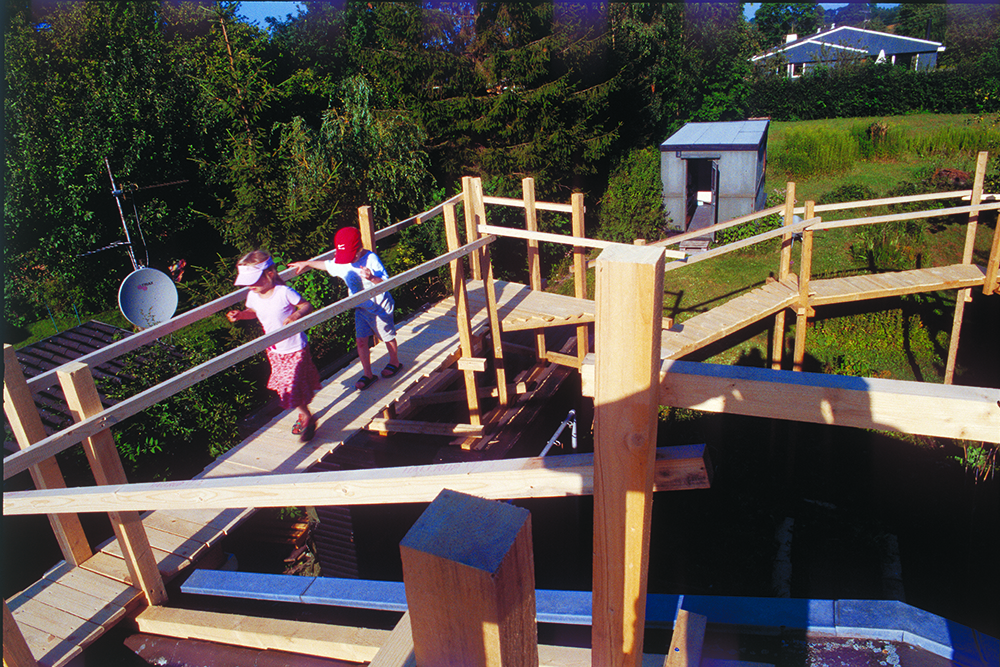

Jakob Jakobsen, Herlev Åben By, Projects for a Copenhagen Suburb, InstantHERLEV institute, 2004.
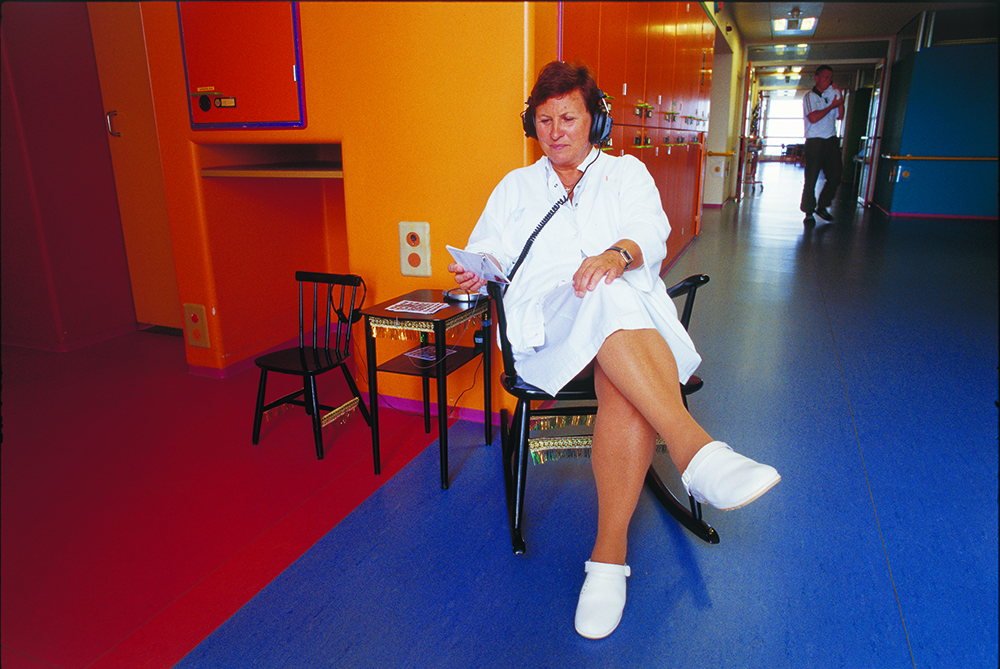

Marianne Bramsen, From all of us, Projects for a Copenhagen Suburb, InstantHERLEV institute, 2004.
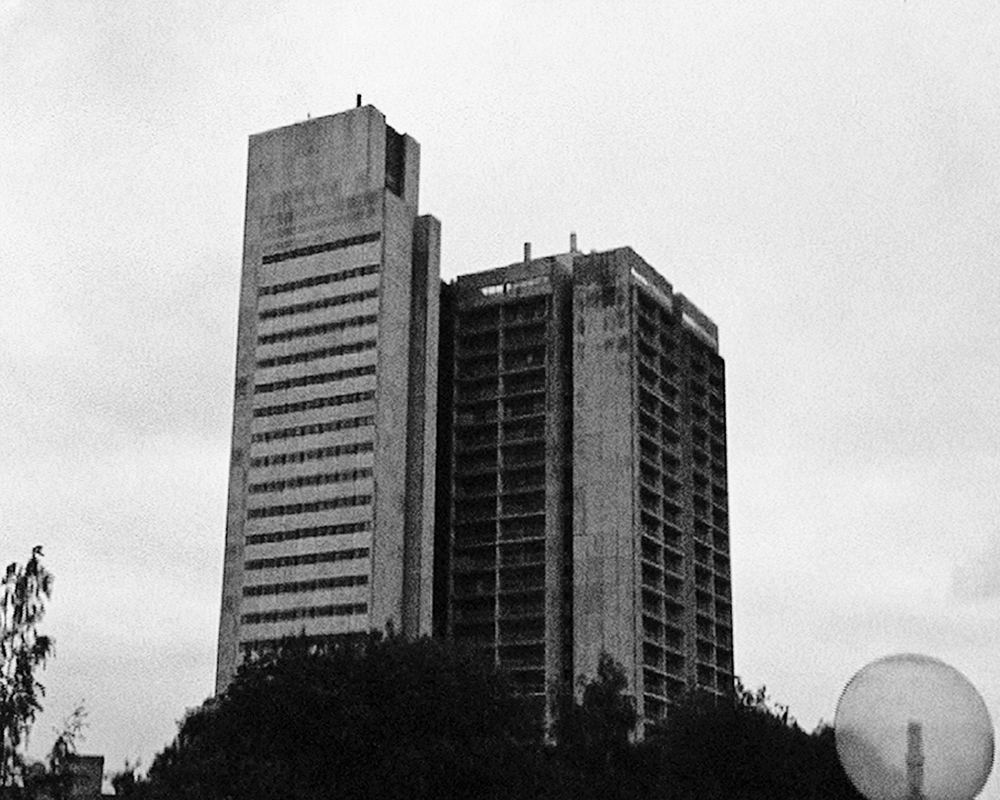

Yvette Brackman, Lot Ten, Projects for a Copenhagen Suburb, InstantHERLEV institute, 2004.
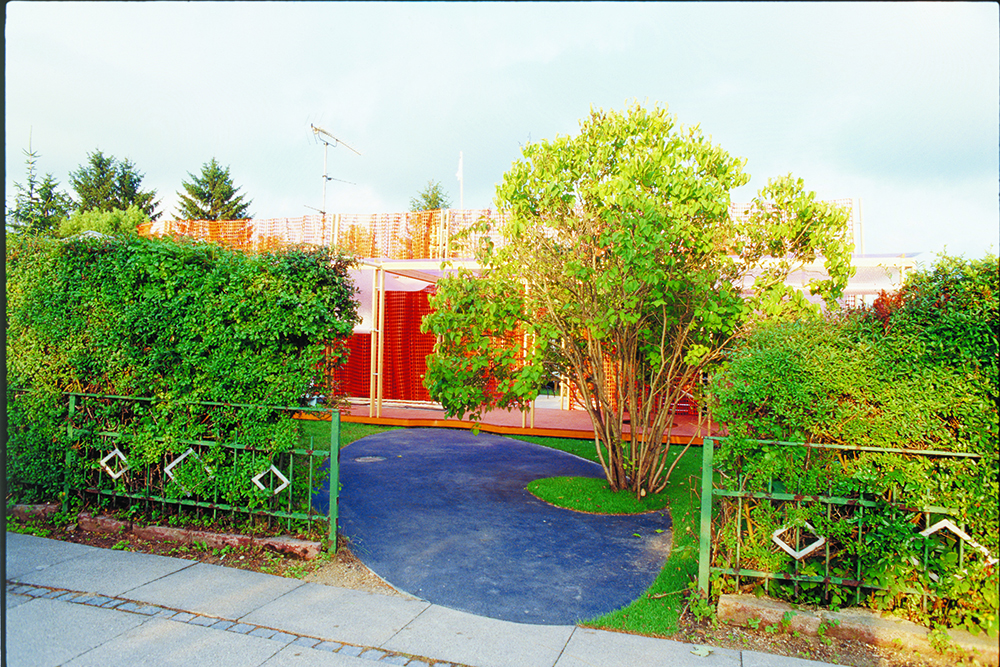

3RW architects, Byskovvej, Nationalpark, Projects for a Copenhagen Suburb, InstantHERLEV institute, 2004.
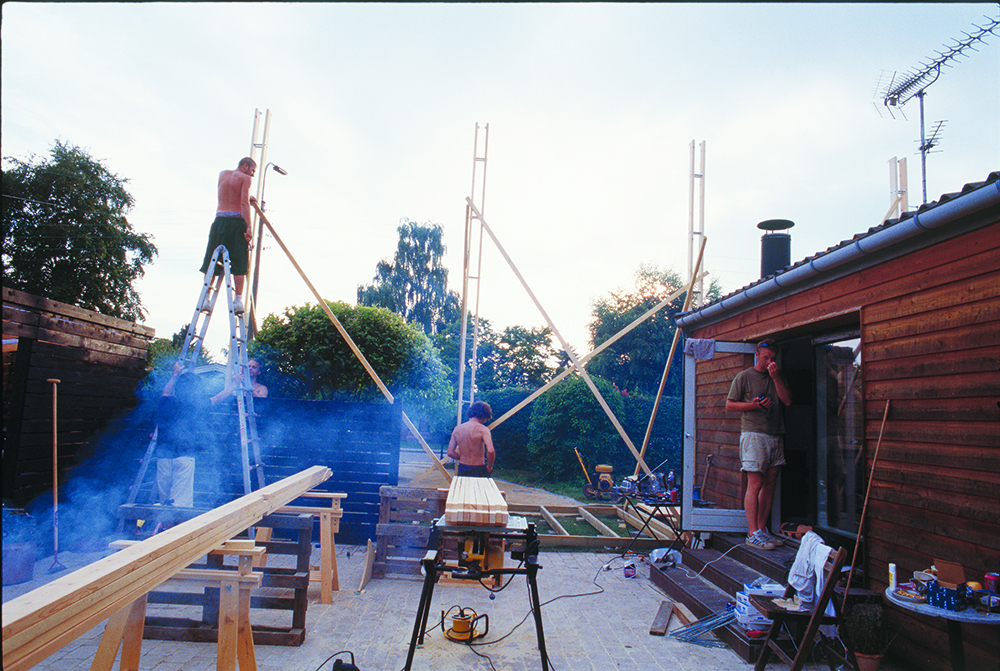

3RW architects, Byskovvej, Nationalpark, Projects for a Copenhagen Suburb, InstantHERLEV institute, 2004.
